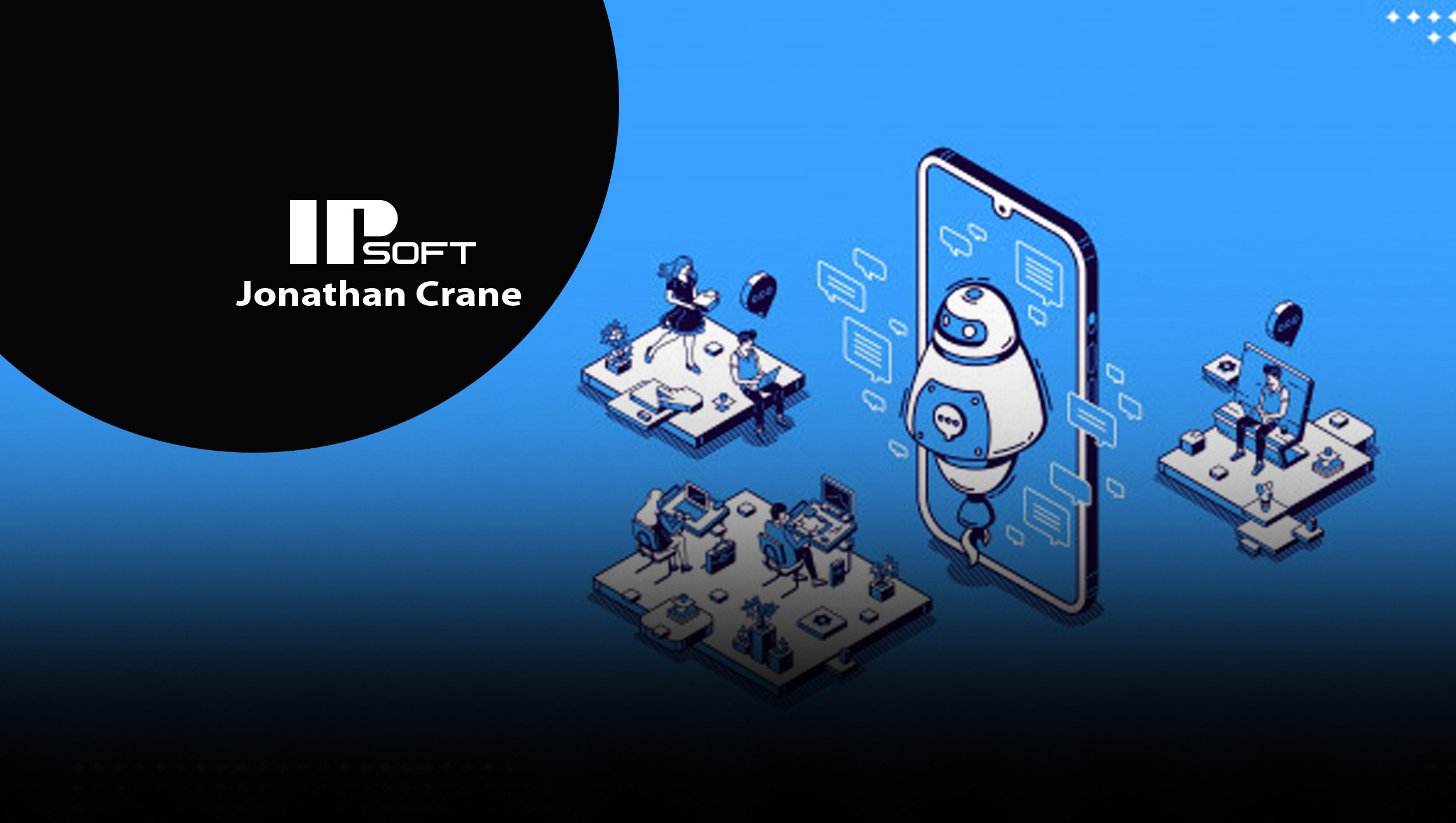Chatbots in B2B: 2021 Predictions
By Jonathan Crane, Chief Commercial Officer of Amelia, an IPsoft Company

Traditional chatbots are notorious for being stiff, robotic and ineffective at carrying on a conversation. They can ask questions but will be easily stumped if customers do the same. They can provide information but only to a point – should a customer veer off topic, switch contexts or allude to something without actually saying it, chatbots are sure to stumble. Their rigid, pre-programmed conversation trees are too limited in scope and too basic in their execution to provide the level of service customers expect. While they might have been patient or forgiving at the start of the pandemic, customers now want businesses to provide top-notch support every time they call.
Where does this leave chatbots in 2021? With the pandemic continuing, businesses will still be required to do more with less. That doesn’t mean they can skimp on customer service, but they can’t use chatbots to replace the endless array of temporary workers either. That’s not scalable or fair to the employees who are cast aside the minute call volumes decline.
Read More: Former Optum Executive Nicole Kent Joins Varicent As Senior Vice President Of Product Strategy
Instead of relying on old solutions that aren’t quite cutting it, organizations will be turning to call center innovations that are smarter, more insightful and make sense now and in the future.
Consumers will have more conversations with virtual assistants in the new year
The next 12 months will be an opportunity for businesses to re-engage with their customers by allowing intelligent virtual assistants (IVAs) to do the talking for them. Powered by artificial intelligence (AI), IVAs are smart, conversational and able to understand the meaning behind the caller’s words. Whether someone is inquiring about a product they’d like to purchase, an issue they’ve experienced with their service or simply need more information, IVAs can do so much more than a traditional chatbot.
There may even be times when callers do not initially realize that they are talking to AI, which is part of the power of the technology. It’s not about fooling customers, but IVAs can act as a stand-in for human employees, who will be free to focus on solving more complex and higher-value problems. In fact, whenever an IVA can’t resolve an issue on its own, it will automatically alert a human call center agent, who will step in to assist the customer.
As more callers encounter this technology, they will see the value and benefits of IVAs and not only accept but embrace companies that choose to deploy them. Instead of dreading the thought of a clunky back-and-forth process between the barely capable chatbots of yesterday, they will contact customer service with confidence knowing that their problems will be resolved easily and effectively.
IVAs will read emails, make calls and nudge patients
Organizations spend a lot of time reading and responding to customer emails. They must document the information, keep a record of the inquiry for future reference and try to perform the same level of service that customers would have expected to receive had they called. This is easier said than done, but IVAs are capable of reducing that hassle. They can take the lead and decipher emails automatically, documenting relevant details while preparing a response.
IVAs do not have to be limited to customer support, however – they are capable of making calls on behalf of others as well. In this sense, the technology becomes a personal assistant as it takes over the task of replying to messages or calling to remind customers of an upcoming appointment. This could be especially useful for doctors and dentists, who currently rely on receptionists to make those repetitive and time-consuming calls. While there have been automated systems previously deployed for this purpose, they typically rely on recordings and other outdated methods to inform patients about upcoming appointments. By being able to actually converse with patients and address questions on the fly, and by offering a more lifelike voice on the other end, patients will appreciate clinics that utilize IVAs.
Taking this one step further, this same technology could also be applied as a medical assistant to help patients throughout the day. For example, older patients may need to be reminded when it’s time to take their daily medications. Instead of setting a timer (which they must also remember to do) or asking a relative for help, IVAs could nudge them along in a positive manner that reinforces their healthcare regimen. IVAs could also be applied in clinics and hospitals to perform similar tasks, allowing healthcare professionals to refocus their attention on more essential work. At a time when hospitals are strained by the pandemic, they could use all the help they can get, and IVAs can be there to provide just that.
Read More: SalesTechStar Interview With John Bruno, Vice President, Commerce Strategy At PROS
A chance to shine in the new year
Whether customers buy in store or online, the importance of service and support will only increase as shoppers expect more from the retailers they frequent and the brands they use. This will give IVAs, which impressed many in 2020, the chance to shine in the new year, providing multiple services to a cornucopia of businesses. From answering phones and making calls to reading emails and nudging patients to follow their daily regimen, the potential is limitless.
There’s more to B2B and Tech Marketing and Sales than meets the eye in 2021 and Beyond! Catch more here where leaders from Ness Digital, TeamViewer, JotForm, Xactly and others weigh in!



